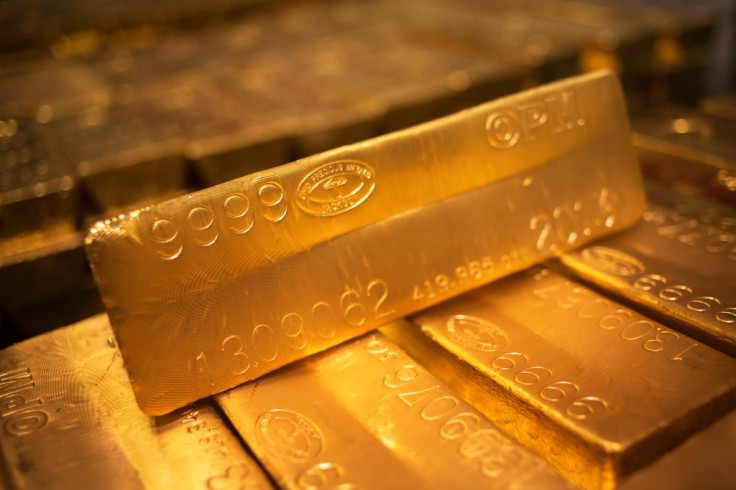Gold Prices To Rise Further Next Week

Gold prices are set to rise next week, helped to a large degree by traders buying to cover short positions that speculators built up earlier in the month.
As many as 10 of 17 analysts polled in a Kitco Gold Survey said they expected gold prices to rise, five predicted that prices would drop and two forecast prices to remain unchanged.
The metal remains on track to log its first annual decline in 13 years as the prospects of global economic recovery and stock market rallies have dented gold's safe-haven investment allure.
Ken Morrison, founder and editor of an online newsletter, Morrison on the Markets, told Kitco: "The year-end long liquidation seems to have ended and mild short covering has taken over since the recent low on 19 December as open interest declined 5% over the past four days. I expect a bit more short covering can carry gold a little higher into downtrend resistance at $1,230 in the week ahead."
VTB Capital analyst Andrey Kryuchenkov told Reuters: "The market is probably going to stay in wide ranges for the next few sessions, and there will still be some support from Asian buyers ahead of the Chinese New Year at the end of January."
"But volumes are very thin now, and we need to wait for when the Western investors come back (from holidays) to see what they will be doing. I think they will liquidate again into this price rebound as there is no fundamental reason to buy the metal."
Societe Generale Cross Asset Research said in a note to clients on 23 December: "With a 28% fall, this year marks the first annual decline in the gold price since 2000. The sharp fall in gold prices reflects the nervousness which has affected most commodities in [2013]. But for gold, one of the most negative signals came from the risk of deflation, which is still looming in developed countries."
"Both the [European Central Bank] and the [US Federal Reserve] forecast a low level of inflation for 2013 and 2014 (the lowest since 2009). Meanwhile, despite the launch of a new round of QE by the [Bank of Japan], Japan's inflation remains low at around 1%. And, with a complete lack of inflationary pressures, gold is becoming an irrelevant and useless hedging tool for investors"
Societe Generale Cross Asset Research said in a separate note: "Gold lost its role as a safe haven against systemic risk in 2013. The Italian elections, the Cyprus bail-in and even the US shutdown and debt ceiling failed to drive gold higher. On top of that, financial markets began to anticipate the end of Fed QE in early 2013, and this maintained pressure on the gold price throughout the year, as the expansion of central bank balance sheets was considered to be a key gold driver."
"At the 17/18 December FOMC meeting, the Fed finally decided to start tapering its asset purchases, confirming market expectations that QE would end in 2014. Hence gold (and silver) will no longer benefit from the Fed's unlimited liquidity and, as a result, slid below $1,200 near a 3-year low [on 19 December]."
Gold Ends Higher
Spot gold finished 0.3% higher at $1,214 an ounce on 27 December. Prices rose 1% a week ago, amid fears that the Fed stimulus taper decision could further dent the metal's investment-hedge appeal.
US gold futures for delivery in February finished $1.70 higher at $1,214 an ounce on 27 December.
For the week as a whole, gold futures gained $10.30.
© Copyright IBTimes 2025. All rights reserved.






















